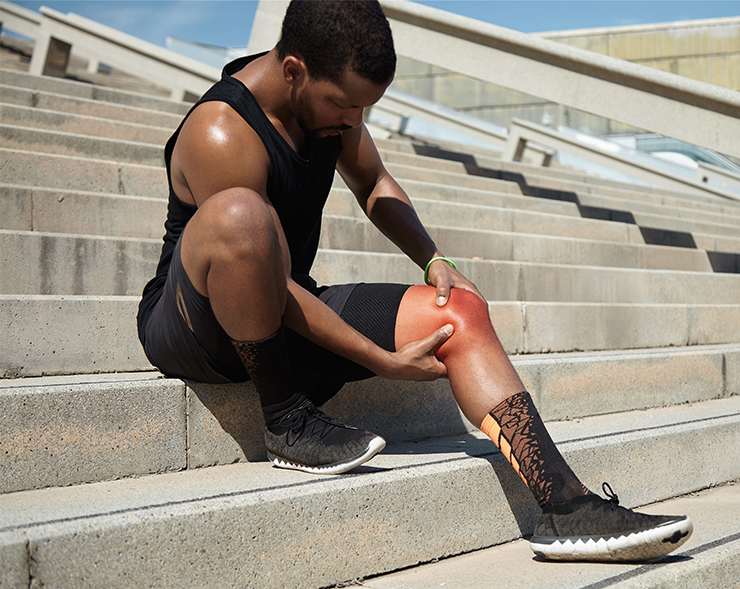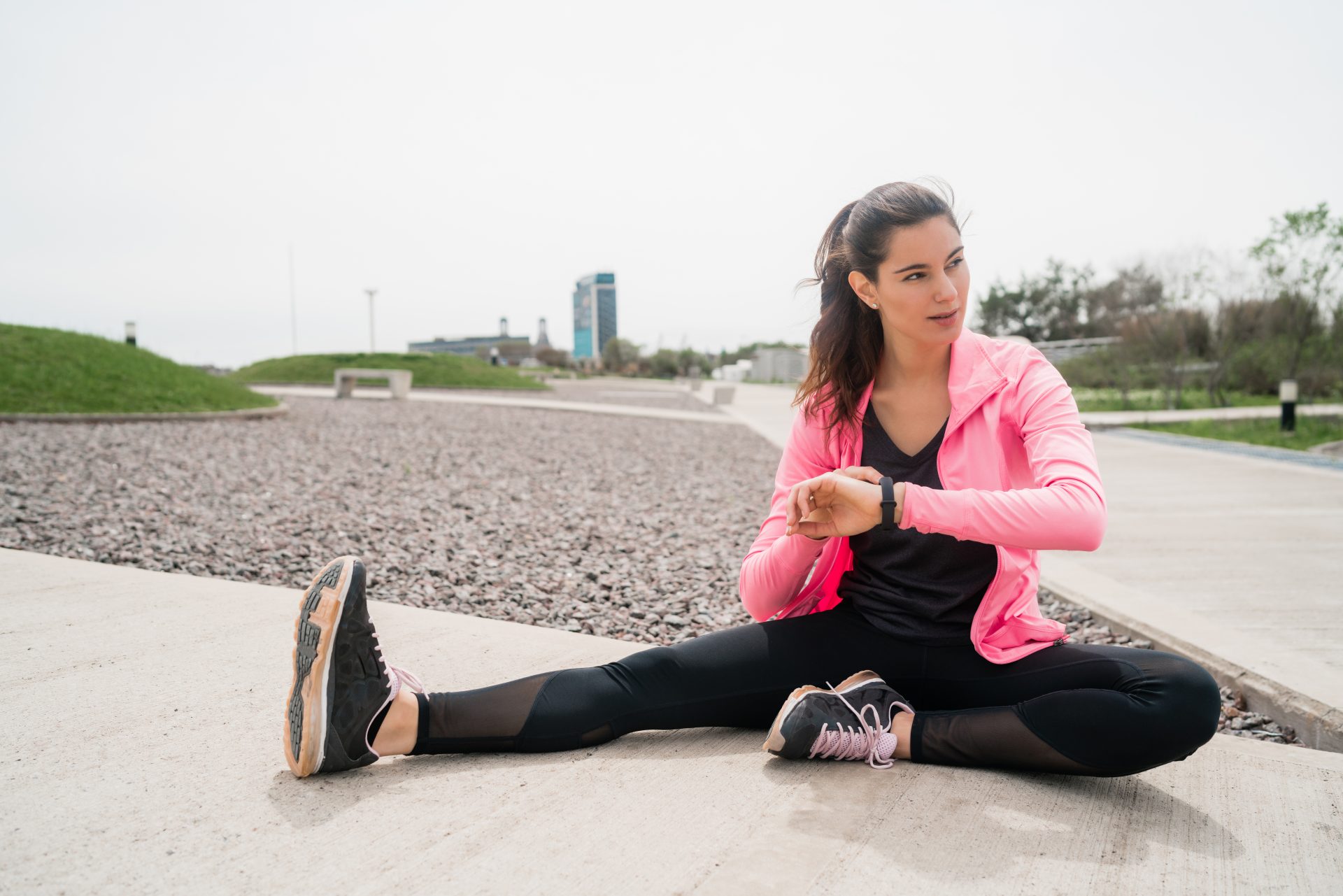Avoid Common Running Injuries

Did you know that injuries sustained while jogging are very frequent? Caring for your body is crucial to avoid common running injuries, whether you’re a novice or a seasoned runner. This blog will list the most common running injuries and discuss their prevention.
- Blisters
These are common running injuries brought on by rubbing the flesh against socks or sneakers. They can hurt and even make it impossible for you to sprint. Apply lubricants to areas vulnerable to blisters, wear correctly sized shoes and socks, and take pauses to relax and allow your feet to breathe. - Stress Fractures
They are tiny bone fractures that are frequently brought on by excessive use. They can be highly excruciating and are most commonly found in the ankles and shins. Wearing tailored shoes that provide proper support, steadily increasing your distance and effort, and including strength training routines that target your lower leg muscles are all ways to avoid stress fractures. - Achilles Tendinitis
Achilles Tendinitis is caused due to increased use of the band of tissues, the Achilles tendon. These tissues join your leg muscles to your heel bone. It can result in soreness and stiffness in the back of your foot and is frequently brought on by poor running form. Wearing correctly supported shoes, steadily increasing your distance and effort, and including calves-specific strength training routines are all important ways to avoid it.
If you are a regular runner, you might have encountered some of these injuries. Below is a proper running routine you can follow to avoid injuries.

Runner’s knee
A runner’s knee is a common running injury characterising discomfort surrounding the kneecap. Numerous reasons, such as over-running, poor form, and weak thigh muscles, can cause it. Wearing supported shoes, steadily increasing your distance and effort, and including thigh-specific strength training routines are all ways to avoid a runner’s knee.
Step 1: Preparation and Cool-down
Before you begin running, it’s crucial to warm up your muscles with some moderate exercise.
- Leg Swings: While facing a wall or post, move one leg in front and back while maintaining its straightness.
- High Knees: Raise your legs as high as possible while running stationarily.
- Butt kicks: Kick your feet up to brush your butt as you jog while standing at one point.
Step 2: Proper running technique and form

Proper running technique and form are essential to avoid common running injuries. You can attain proper running form by following the steps given below.
- Maintain a straight back, loose shoulders, and an open torso for running injury prevention. Avoid slouching or excessively forward or rearward tilting.
- Your feet should fall under your pelvis during a relaxed, natural stride. Avoid over or under-stepping by not extending too far forward with each stride (taking small, choppy steps).
Step 3: Recovery methods
Running can be an exhausting activity. To have the best running experience, you should also follow some recovery methods.

- In between walks, give your body a chance to recharge. At least one leisure day should be taken each week.
- Avoid exhaustion by drinking plenty of water before, during, and after exercise.
- Use a foam pad for kneading and relaxing tense muscles.
Remember that using the correct form, technique, solid stretching and recovery regimen can help you run without getting hurt. You can use HDOR’s Strava app to track your progress! The app is designed for athletes of all levels, from beginners to professionals, and offers a range of features to help users track their workouts, set goals, and compete with others.







